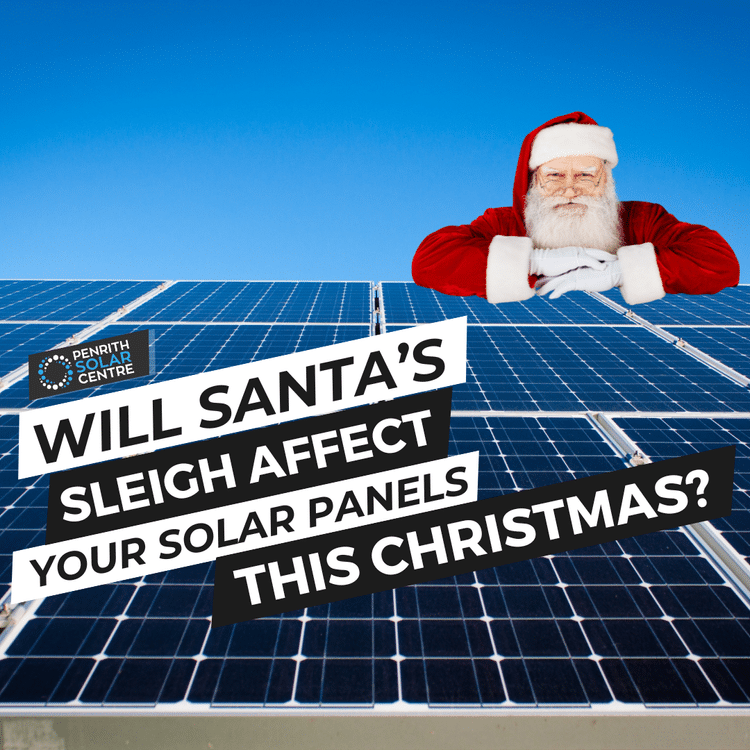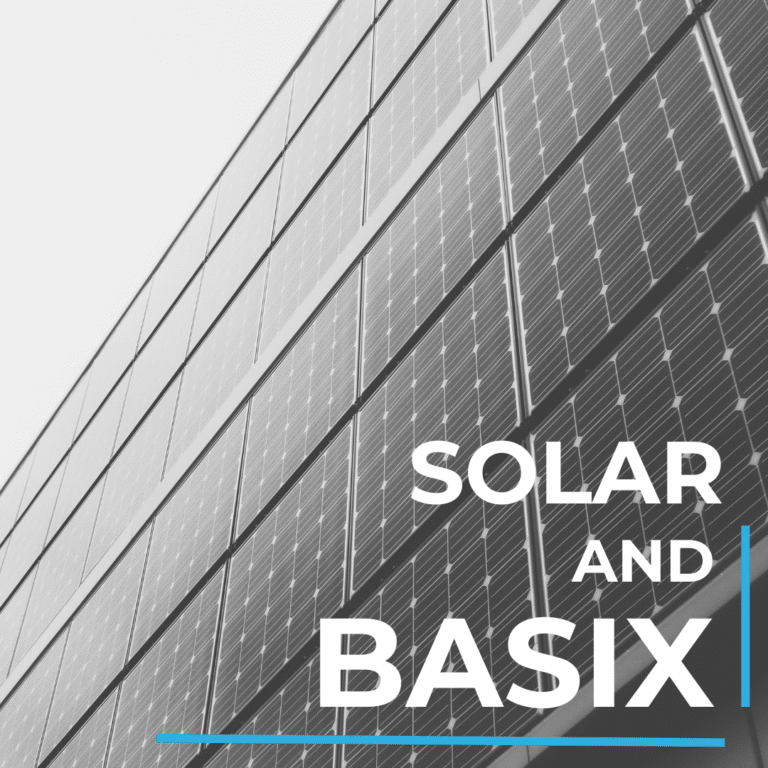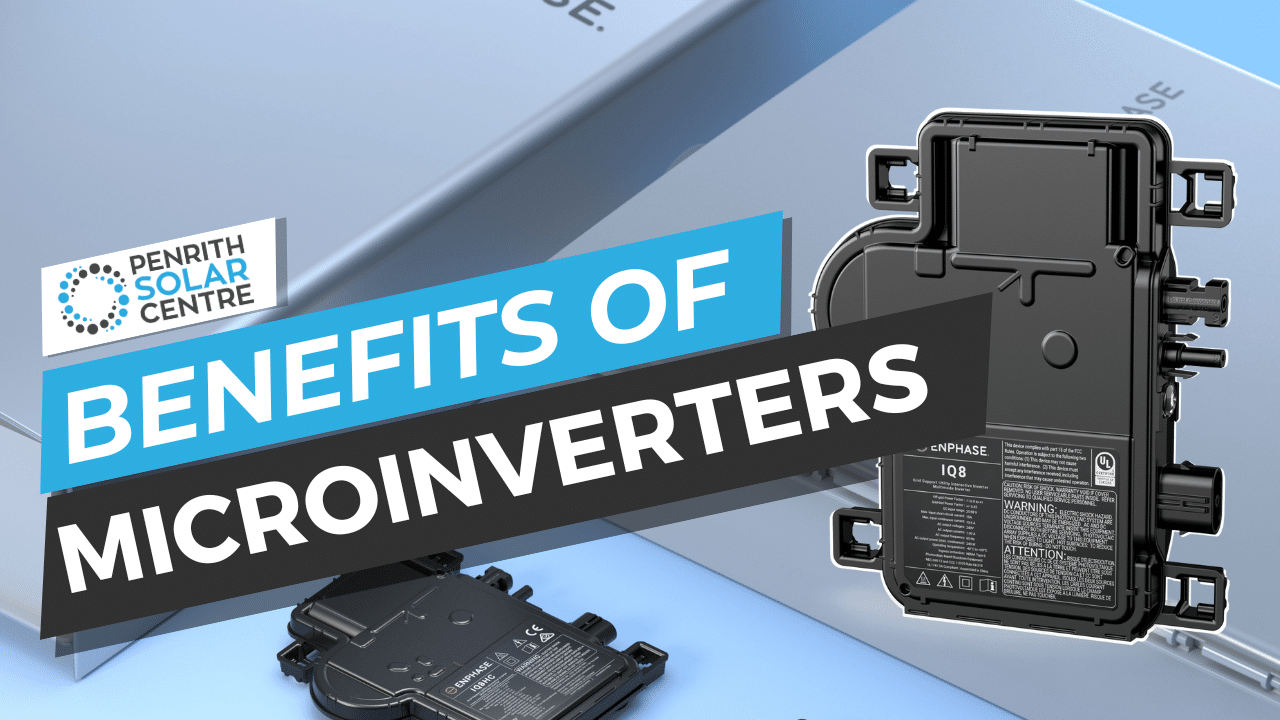
Okay, so you’ve decided to invest in a solar system. Maybe you’re tired of those high energy bills, or maybe you want a smaller carbon footprint – whatever the reason, you’re here and you’re looking for information.
But the internet is full of varied information and content creators that have biased opinions (and we are absolutely just as biased in our views).
You probably already know that there are strong opinions about the differences between microinverter systems and string inverter systems; reminiscent of the east coast/west coast hip-hop feuds of the late 90s. There are benefits and drawbacks to each type of technology.
At Penrith Solar Centre, we install Enphase microinverter solar systems. They are efficient, safe, and reliable. We only sell what we put on our own homes. As you navigate harnessing the power of the sun, you’ll want to understand this technology.
In this article, you will learn:
- How Do Enphase Microinverters Optimise System Performance?
- What Are the Safety Advantages of Microinverters?
- How Does the Enphase Enlighten App Enhance Microinverter Performance?
- How Are Enphase Microinverters Reliable?
- What Are the Benefits of Expanding Your Enphase Microinverter Solar System?
By the end of this article, you’ll be better informed about microinverter solar systems and their benefits.
How Do Enphase Microinverters Optimise System Performance?
With over 30% rooftop penetration in Australia, it’s safe to say that they secret is out about solar panels. Folks are interested in learning about solar efficiencies, but most of our new customers don’t know that it’s the inverter, rather than the panel, that will get your solar operating as efficiently as possible.
Microinverter solar systems have something string inverters can’t offer: panel-level optimisation.
Each microinverter is mounted underneath each solar panel. They work together, but they are also decentralised. This is quite lovely because a drop in power output from one panel/microinverter combination keeps the entire system from dropping in efficiency.
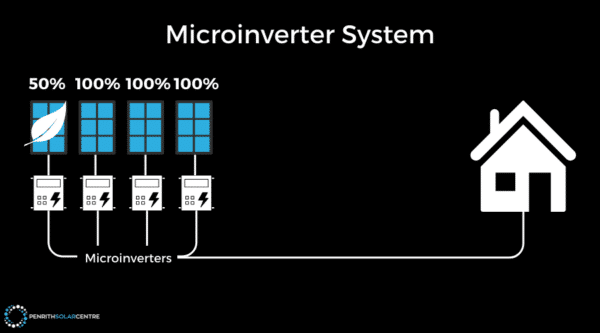
Microinverters have an incredibly important job: transforming the direct current (DC) power harvested from sunshine into alternating current (AC) power that can be fed into your home. This is necessary because the panels only output DC power and your home runs on AC power.
By optimising each panel’s output, microinverters make the most of available sunlight. Shading or obstructions on one panel won’t significantly affect the entire system’s output. If one panel is in the shade or covered by some autumn leaves that have blown across its surface (for instance), the other panels keep operating at full capacity regardless of what the others are doing.
Enphase microinverter systems remove the central point of failure you find in a string inverter solar systems. While this isn’t a huge problem for some, it’s a sticking point for others. So, why would you want your solar system decentralised?
Here’s a fun metaphor: Your 20-panel solar system is a freeway.
With a string inverter, you’re only using one lane because a single string inverter is directing “traffic.” You might be doing 100 kilometres an hour and you might be producing 5,000 watts, but all twenty “cars” are in that one lane.
When the first car slows down, then all the cars slow down and drive at the same speed as the slowest car. Every car is affected.
With microinverters, you’ve essentially got 20 lanes (if you have twenty panels). Each panel has a microinverter installed in it, directing “traffic.” And each “car” is doing 100 kilometres an hour, producing 5,000 watts.
Each car has a lane of its own because the system is decentralised and each microinverter is operating independently as it converts DC power to AC power. If one car slows down, it doesn’t affect the other cars in the other lanes. The other cars can keep going and once the slow car is replaced or repaired so it can hit the road once again.
It might sound like a biased explanation of how panels working with a central inverter vs. a microinverter, but it’s honestly how the technology works.
If you’re interested in learning more about the differences between microinverter solar systems and high-voltage string inverter solar systems, you might want to check out the following article titled, Microinverters vs. String Inverters.
What Are the Safety Advantages of Enphase Microinverters?
Before getting into the specifics of AC versus DC, it should be stated that the number one guarantee of safety in your solar system is the installation. You’ll want a qualified and certified solar installer who is knowledgeable of safety practices who will make sure that your solar system is designed and installed with safety in mind. A good installation makes a solar system safe.
Microinverter solar systems are safer. This isn’t an issue of brand versus brand. The issue is direct current versus alternating current.
DC power moves in an unrelenting straight line of steady, consistent power. AC power alternates 50 times a second in a sinusoidal waveform, as you can see in the below graphic.

Microinverters convert DC power into AC power at each panel before sending that electricity down to the home.
String solar systems convert DC into AC at a central inverter. The central inverter is usually located on the side of the house. In a string system, the electricity is in DC form for a longer period of time. Instead of being converted to alternating current immediately at the solar panel, it travels from the roof to the inverter on the side of the home and through wiring.
If anything happens to that wiring, it’s going to be far more dangerous in DC form than AC.
Why is that?
If the cable is severed, the arc (which is the distance the electrical shock jumps from one frayed end to the other) will spread depending on how much power is going through that cable. DC arcs are far more likely to start a fire.
Remember from the above graphic how each type of power behaves? DC power is unrelenting and at a much higher voltage than AC power as it makes its journey to the central inverter.
The power in a DC cable will remain live in the cable and will continue arcing and cause a fire once it starts. This is because the power is steady. It will continue uninterrupted.
If an AC cable is damaged, it will trip the circuit breaker and shut down the microinverters (and the whole system) immediately.
If you’re interested in learning a bit more about safety in solar systems and some of the safety features they offer, you might want to check out the following article titled, How Important is Rapid Shutdown in a High Voltage DC Solar System?
How Does the Enphase Enlighten App Enhance Microinverter Performance?
One of the reasons a microinverter system outperforms its competitors is the advanced monitoring system that is included with the purchase of your solar system. It puts the power (pun intended) of the system in your hands. It’s called the Enphase Enlighten App.
A monitoring system reports how your system operates. It will tell you when you’re using energy during the day and when you’re selling it back to the grid for a feed-in tariff. When you’re looking at feedback from that app, ask yourself “How do I use this information to increase my self-consumption so it will lead to long-term savings?”
That’s the name of the game in solar, isn’t it? How do you use the power coming down from the mini power plant on your roof?
Real-time performance tracking allows you to quickly identify any underperforming panels due to shading, dirt, bird and bat faeces, or any possible malfunctions. By pinpointing these problems and identifying which microinverter and which panel are misbehaving, you can promptly correct the system to restore optimal performance.
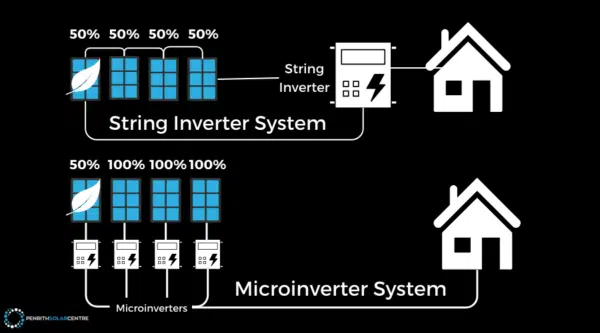
Monitoring systems detect and diagnose failures quickly in your solar system.
One of the advantages of solar is that it requires little maintenance, and the parts are covered under warranties. But how do you know what to repair and replace?
The Enphase Enlighten App will diagnose whether it’s the panel or the microinverter. Repairs are easy. If a microinverter fails on a 20-panel roof, then only 5% of your system is down. The other 95% of the system is still working and producing energy until the microinverter is repaired.
And replacing them is really easy for us because we’re up on the roof at every site. It’s just how our team members are trained and how our business is set up. When your system has a microinverter that isn’t working, we just look at the Enlighten App to diagnose the problem, fix it, and get your system running at 100% again.
When a string inverter system fails, 100% of the system fails. There’s no monitoring app, making it impossible to remotely diagnose the system. It could be a panel, or the inverter, or something else, but without monitoring, diagnosing and repairing it is more challenging. This is because of how the technology of a string system with a central inverter is constructed. Remember the freeway metaphor? This is it in action.
When the system fails, a technician goes to site to diagnose the problem. Then the part must be ordered, which takes time. Shipping is next, clocking more time. Then the installer returns to the site again to fix the system. Your string inverter system could be down for weeks or over a month.
How much will you be paying for electricity during that time? How much are your monthly power bills?
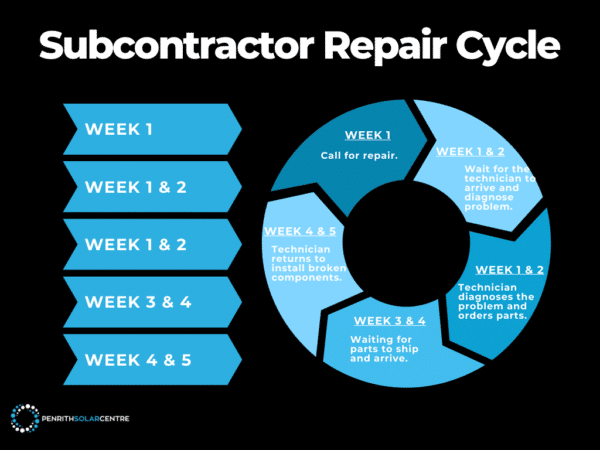
Monitoring systems also provide historical performance data, enabling you to analyse energy production trends in your system over time. You can compare the performance of panels or microinverters and identify seasonal patterns. Every solar system is affected by the turning of the seasons. When there’s less light in the sky, the panels get less light.
If you’re interested in learning more about the effect of who install your solar system, you might want to check out the following article titled, In-house Installers vs. Subcontractors: Which is Better?
How Are Enphase Microinverters Reliable?
Microinverters are incredibly reliable pieces of technology. The reason they are so reliable is because they have no moving parts. Moving parts equal heat. Heat equals fatigue. Fatigue equals failure.
Microinverters are encased in a dense polymer housing that’s resistant to corrosion, is waterproof, and is dust proof. Inside the housing, everything is held in place by NORYL resin.
Without any moving parts, microinverters run cooler than string inverters (they’re also much quieter up on the roof than a loud inverter chugging along in the summer on the side of your home).
Also (as we mentioned above) every microinverter is mounted underneath the solar panel which means they are never in direct sunlight.
Microinverters have an operating temperature of up to 85° Celsius (which is the sum of a 65° Celsius external temperature, plus the heat generated in the microinverter when the DC power is converted to AC). Most string inverters shut down at 50° Celsius. Enphase (who manufactures microinverters in Australia) did study here showcasing this ability.
If you’re interested in learning a bit more about efficiencies of microinverters and string inverters, you might want to check out the following article titled, String Inverters: Are They Worth It?
Click here to power up your savings
What Are the Benefits of Expanding Your Enphase Microinverter Solar System?
Microinverter systems are easily expandable. Adding more panels to your setup doesn’t require major changes to the existing infrastructure the way a string system would. You can gradually expand an Enphase microinverter system depending on your evolving energy needs or financial situation.
Because of a decentralised setup, adding more panels to the system doesn’t affect the existing configuration. New panels can be added, each with its own microinverter, without changing the existing wiring or setup.
The performance stays consistent when you add another array to another part of your roof. Connecting them is very easy. As opposed to expanding a string inverter solar array, which will likely require an entire second string of panels and an inverter upgrade.
As your energy requirements evolve, your system should too. Of course, we’re getting a little biased here, but if you’re investing in solar, you want it to last a long time.
Microinverter systems offer the flexibility to start with a system based on budget. If you have limited space or funds, you can start with a smaller system and add panels in the future.
If you’re interested in learning a bit more about how microinverters save you money in the long run, you might want to check out the following article title, What is the Payback Period for Solar Panels in Australia?
Microinverters and String Inverters: As Different as Shock and Cheese
In the evolving landscape of solar energy, microinverter systems are an innovation that offers a range of benefits. They optimise system performance. They’re safer than their competitors. The monitoring systems help you save on energy each month. They’re ridiculously reliable and expandable.
At Penrith Solar Centre, we work with you to customise your solar system to your unique energy needs and goals. Every quote starts with a conversation.
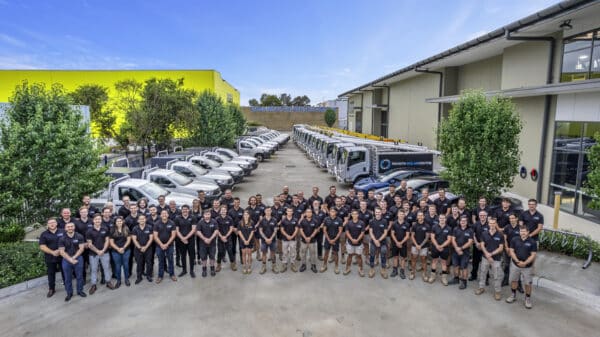
Now that you understand some of the benefits of microinverter systems, you might want to continue your journey to a greener future by reading up on how to evaluate your energy needs with the following article titled, How Much Solar Do You Need?


